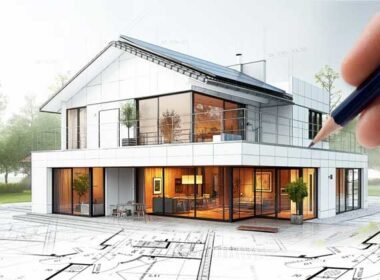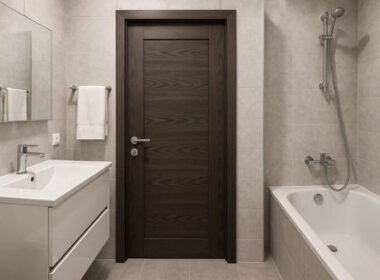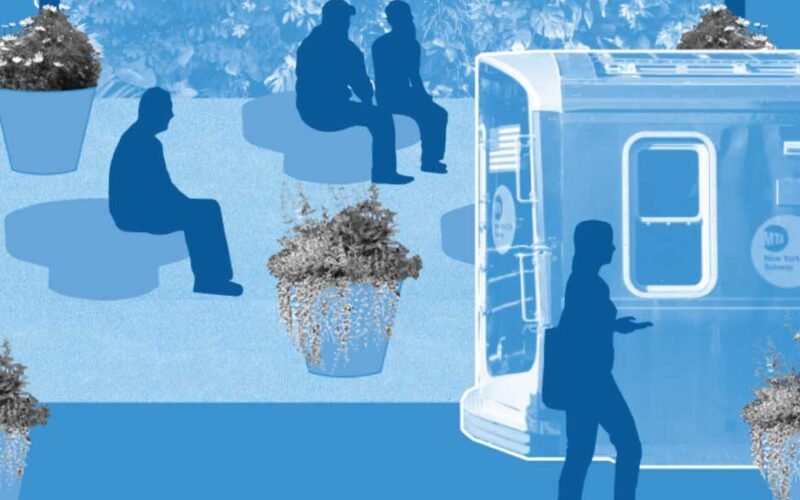When it comes to health and well-being, we often focus on treatments, therapies, and personal determination. While these factors are undeniably important, the physical and emotional environment surrounding a person plays an equally vital role. From hospitals and recovery centers to the comfort of home and supportive communities, the spaces we inhabit shape how we heal.
The Subtle Power of Surroundings
Think about the difference between walking into a room filled with natural light, calming colors, and comfortable seating versus a crowded, noisy space with harsh lighting. Our environments influence our stress levels, mood, and even physical health. This holds especially true during times of recovery, when the body and mind are already working overtime.
Research consistently shows that healing is accelerated in environments that reduce stress and promote comfort. Whether it’s the presence of nature, the arrangement of furniture, or even the soundscape around us, these subtle cues help people feel safe, grounded, and ready to take on the challenges of recovery.
A well-designed space doesn’t need to be luxurious; it needs to be thoughtful. Even small touches like soft lighting, organized spaces, or art that brings calm can make a big difference in how someone feels on their recovery journey.
Community as an Extension of Environment
A healing space is not just about walls and windows; it’s also about the people within them. Supportive communities, whether family, friends, or peers facing similar challenges, can create an atmosphere of encouragement and resilience. When people feel they are not alone in their journey, they are more likely to remain motivated and hopeful.
Support networks help reduce feelings of isolation, which can be particularly strong during difficult life transitions. Group activities, shared meals, or simple conversations often provide a sense of belonging that no amount of décor alone can achieve. The social environment becomes a foundation of healing, reminding us that human connection is an essential part of well-being.
Why Environment Matters in Recovery Centers
When someone chooses a recovery program, the physical environment is often just as crucial as the care provided. Facilities that prioritize comfort, safety, and peace of mind offer more than treatment; they offer a pathway to rebuilding life. Having access to a supportive recovery environment makes it easier to focus on healing without the distractions or stressors that may exist elsewhere.
Such environments often combine natural beauty with intentional design, quiet spaces for reflection, areas for group connection, and safe places for rest. Together, these factors reinforce the idea that healing is holistic: it encompasses body, mind, and surroundings.
The Healing Power of Nature
Natural elements are powerful allies in recovery. Studies show that being near greenery or water can lower blood pressure, reduce anxiety, and increase feelings of positivity. Recovery spaces that integrate gardens, outdoor seating, or views of nature give individuals an extra layer of support.
It’s not just about the aesthetic appeal. The rhythms of nature, the rising sun, flowing water, and rustling trees remind us of balance and renewal. For someone on a healing journey, these reminders can spark hope and patience during a process that often requires both.
Even brief moments outdoors, like a short walk in a park or sitting under a tree, can help ease feelings of restlessness. Recovery spaces that encourage daily interaction with nature make healing feel less clinical and more human.
Designing Spaces With Intention
Beyond professional facilities, people can create healing spaces in their own homes. Simple changes such as introducing calming colors, adding indoor plants, reducing clutter, or incorporating soft lighting can turn a stressful environment into a nurturing one.
A home designed with care supports emotional stability. For example, dedicating a quiet corner for meditation or journaling can create a sanctuary within an otherwise busy household. Soft textures, meaningful objects, and spaces free from chaos allow the mind and body to rest.
Technology can also play a role. While excessive screen time can be harmful, apps that provide calming sounds, guided meditations, or reminders for self-care can help structure the recovery process. Intentionally blending the digital with the physical environment ensures that healing remains balanced.
Everyday Practices That Shape Recovery Spaces
Small, consistent habits help maintain a nurturing environment. For instance:
- Decluttering regularly: A tidy space reduces mental overwhelm.
- Introducing scent and sound: Aromatherapy or calming playlists can improve mood.
- Establishing routines: Morning or evening rituals in a designated spot create stability.
- Welcoming natural light: Keeping curtains open during the day encourages positivity.
These practices may seem minor, but over time, they create a rhythm of care and intention that makes healing spaces more effective.
Final Thoughts
Healing is not only about medicine or therapy, it is also about place. The environments we inhabit have the power to shape our experiences, reduce stress, and encourage hope. Whether through recovery centers designed with care, communities that nurture, or personal spaces filled with comfort, a healing environment makes all the difference.
Ultimately, when we view recovery as a process supported by both people and places, we open the door to more complete and compassionate healing journeys. By creating environments that encourage rest, connection, and renewal, we give ourselves the best possible chance to thrive.










